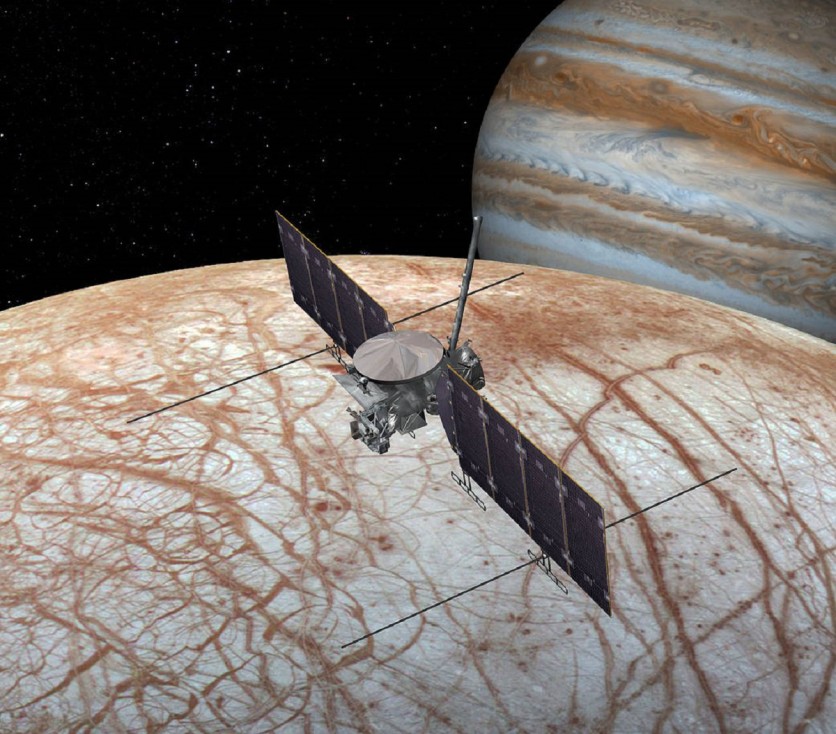The Southwest Research Institute scientists are now looking into their discovery of Jupiter's Europa, the icy moon of the giant planet in the Solar System that showed signs of sulfur residue. The researchers are using the data gathered by the Hubble Space Telescope from NASA, which significantly brought these findings for the study's needs.
NASA's Hubble Provides Info on Jupiter's Europa with Sulfur Residue

Phys.org reports that the NASA Hubble Space Telescope gave vital information to a study by researchers regarding a sulfur residue on the Europa, the famous icy moon of Jupiter. The researchers behind it used ultraviolet wavelengths to study the moon and focus on "filling the gaps" that would make them miss it if using standard surveying methods.
The near-global UV maps are now the primary source of its information, revealing the sulfur residue on the moon's trailing side. An upcoming mission from NASA, namely the Europa Clipper, that will launch in 2024, will help this study further, and it would look into the icy moon for what lies underneath.
Researchers believe that the Europa is a reasonably young surface, and it would provide much information on the moon that may have the capabilities as a source of life.
SwRI Looks Into Sulfur Residue on Icy Moon; What's the Cause?
The SwRI team investigating this phenomenon published their research in The Planetary Science Journal, and it would soon go on a deep dive into the icy world of Europa. More information is coming to light as the researchers would use the Europa Ultraviolet Spectrograph (Europa-UVS) to gather further intel regarding the sulfur dioxide found on the moon.
The researchers believe there is saltwater beneath its icy surface, which is twice the size of the Earth's.
Europa and the Study of Jupiter's Icy Moon
NASA has a dedicated study and spacecraft for Jupiter, and the Juno mission gave the world much information on the gas giant planet, along with its quest to identify its 79 moons on the planet. One of Juno's discoveries on its mission was the presence of water vapor on the icy moon, Europa, which led to an investigation to uncover what caused the phenomenon.
However, the Hubble Space Telescope also brings information on the other planets that surround our system, and it gets much information about them for further research and the public. The spacecraft and its instruments captured new images for the Solar System's updated planet photos for the public to see and marvel at for their needs.
NASA's data and other agencies and space companies are of massive help to researchers and astronomers that monitor and investigate different phenomena in space. That includes Jupiter's Europa moon, especially with changes that may have significant effects on its existence or progression, with the sulfur residue being an important cause.
Related Article : Jupiter Wields High Metal Contractions That Could Indicate Its Origins, Researchers Find
This article is owned by TechTimes
Written by Isaiah Richard
ⓒ 2025 TECHTIMES.com All rights reserved. Do not reproduce without permission.




